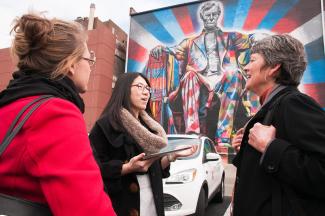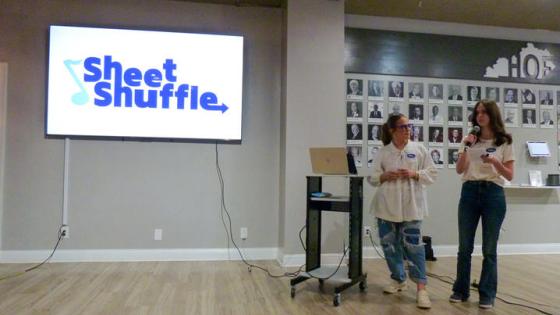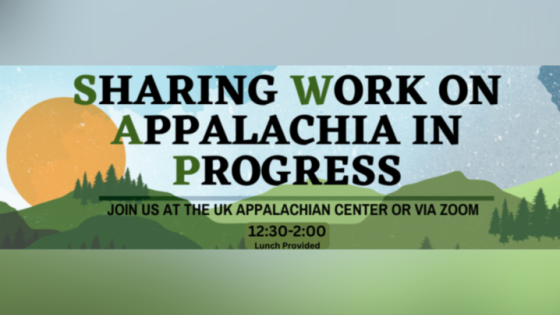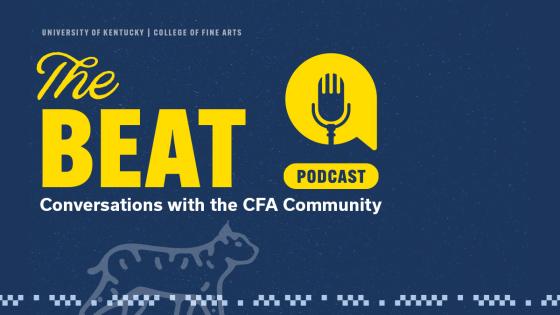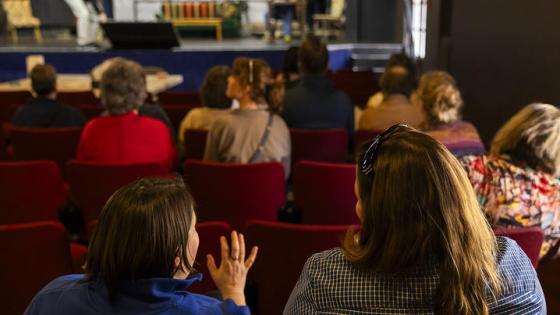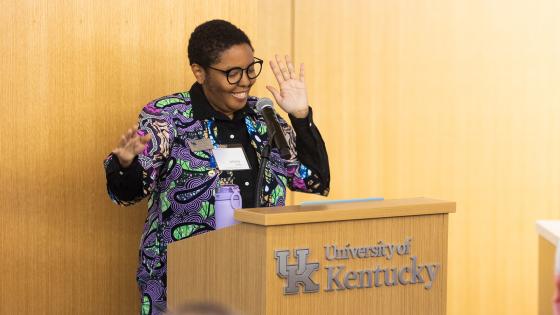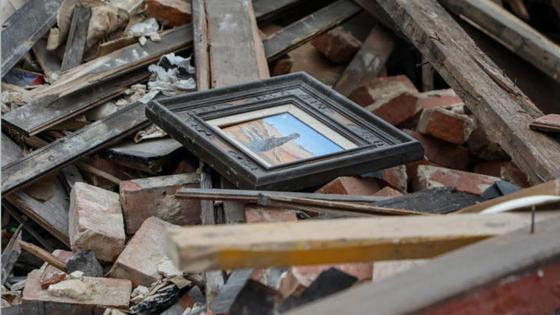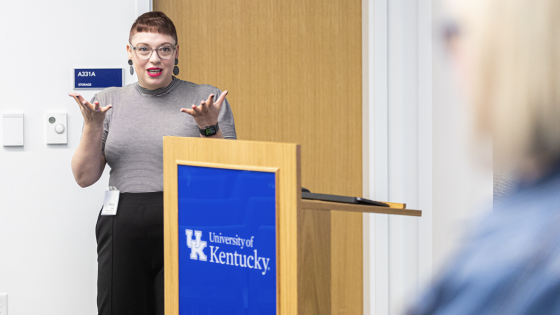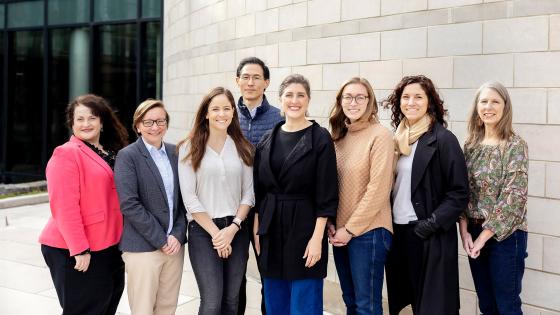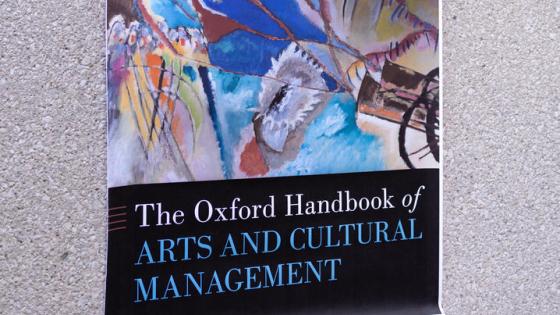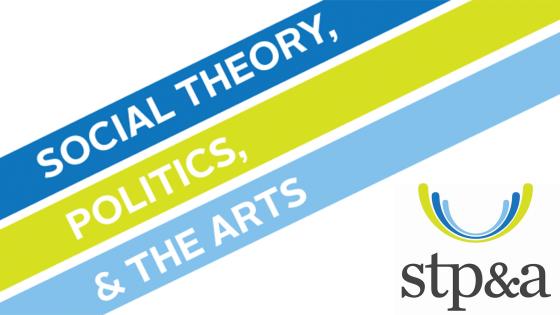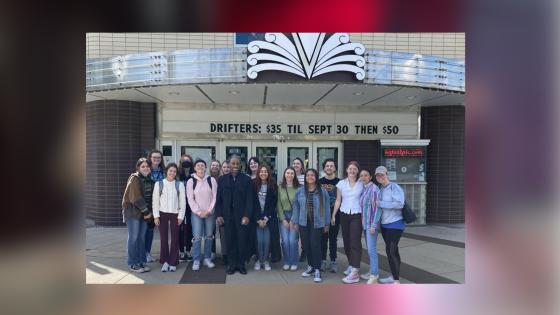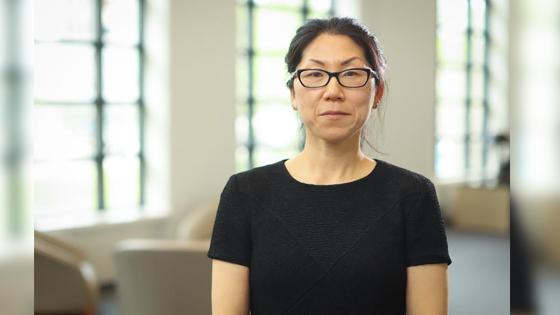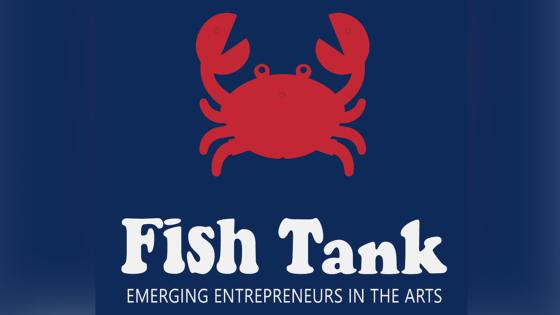
Welcome to the Department of Arts Administration
University of Kentucky’s Department of Arts Administration develops and advances a strong arts and cultural workforce through teaching, research, and service.
Since 1987, the University of Kentucky's Department of Arts Administration has led the way in shaping the next generation of arts and culture professionals. Our dynamic, nationally recognized programs prepare students to thrive in a wide range of creative industries—from theatres and museums to orchestras, arts councils, cultural nonprofits, film and music industry.
Today, the demand for skilled arts administrators is stronger than ever. The arts and culture sector in the U.S.—including nonprofit, commercial, and educational organizations—is a $1.2 trillion industry that supports 5.4 million jobs (Americans for the Arts 2023). Contributing 4.2% to the national GDP, it surpasses major sectors like Transportation, Agriculture, and Utilities in economic impact.
As you explore our site, we hope you’ll discover a place where your passion meets purpose—and consider making the UK Department of Arts Administration your academic and professional home.

A Transformational Gift to the Arts
The Bill Gatton Foundation’s $150 million gift — one of the largest in UK’s history — will create a new home for the arts at the University of Kentucky. The project includes a new College of Fine Arts building, a modern performance theater, and public greenspace that will anchor a growing arts and innovation corridor along South Broadway.


